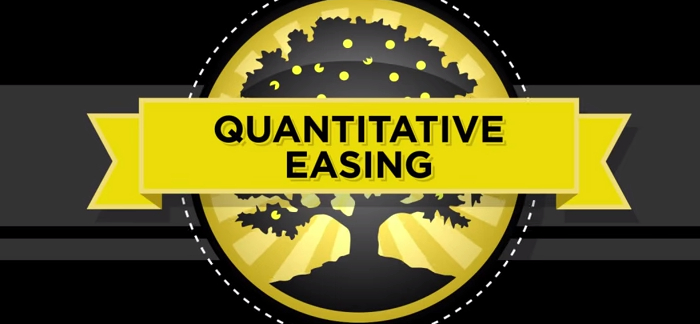The economy has seen many downfalls and crises over the years, starting with the Great Depression. During times of crisis, the government can enact a plan known as Quantitative Easing. What this term means is that banks institute a monetary policy whereby the local economy can strengthen itself again. In doing so, these banks flood the economy with higher money sources in the hope that it will bring down interest rates and help to reboot economic growth.
The Governmental will print money to purchase of the government to put extra money into the country’s economy. The idea for this promotes that banks are more likely to loan money for lower interest rates, which in turn would help to boost the economy again. The downfall is that this program doesn’t always work and it can cause serious inflation.
One of the top reasons that this program is used is that it helps to create new jobs for the nation’s people since businesses would have more financial ability to expand and add new employees. It also would promote financial banking institution growth while allowing people to borrow money at lower rates. There would also be an increase in economic spending since people would have more money in their pockets. This would not only help to sustain businesses that may be in dire straits, but may also help those who are in financial needs to survive easier. The risk involved here is that if people are not careful with finances, then the transition ends, they may be faced with a lot more debt from overspending or needless spending.
Some of the downfalls of this program should also be addressed. The number one drawback is that inflation would be much higher. As more money begins to come in, prices are raised to beat to accommodate competition. If all supplies were to stay the same, then the economy would become unstable again. International trade would also be effected greatly. If we are able to attain the same goods here that we pay less for overseas, trade would become a lot less with other countries. The downfall with this is that soon items become worthless and so does the money to purchase these items.
It would also place a large threat on the United States currency. Our money would be worth much less in other countries if we started to print and distribute an overabundance of finances. This type of program almost silently encourages debt to keep up with the cycle. If money is easier to come by, for a certain amount of time people may start over spending and when the abundance of income stops, they may be faced with a debt they were not expecting to have or thought would happen based on the extra economic disruption of finances.
While it may sound like an excellent plan for saving the financial resources of the economy of the nation, it may just backfire too much.




